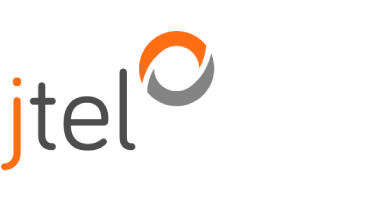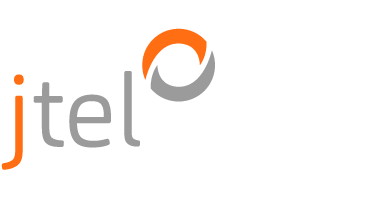01 Oct IROX® – the central nervous system
In call centres, there are a wide variety of constellations of systems, technologies and applications for controlling, measuring and monitoring ongoing operations. Whether these are located in the basement as separate hardware, whether partners have to be integrated or whether applications are provided on demand based on the network: The trick is to ensure that all parts ‘play together’ perfectly in any constellation. With the new IROX® module IROXcloud, which the Mainz-based telephone company dtms GmbH is realising with the support of JTEL, this is now even easier.
Instead of integrating each system at great expense, the one-time integration into the IROxcloud enables the interaction of ‘all with all’ to be realised efficiently and effectively.
A wide variety of functions are possible in three application categories:
Networking of service providers and locations to form a genuine call centre network
In the first application category, the status of all call centre locations and service providers working on a project with completely different K systems is transmitted to the central routing application. This routing application in IROXcloud distributes the calls depending on the actual current on-site staffing, availability and service level – and not according to rigid percentage quotas. For the first time, the routing application does justice to the highly dynamic nature of workforce management. Both the status data transmitted by the routing application and the status data transmitted by the individual systems are brought together in a centralised reporting system in order to create standardised, comparable statistics for all locations and service providers. The good thing is that the service providers’ own system environment, which is separated for high efficiency, remains untouched – they continue to work with their familiar tools.
Data exchange between applications and agents
The third key use case of IROXcloud is the centralized exchange of data between all systems involved in a call. Information that the network or a voice response system has collected about a call is stored in a central database. All agents or applications have defined access to this: everyone involved can read out or store data about a call there. Gone are the days when callers have to repeat to an agent everything they have previously selected in a voice portal or said to another agent.
Network-based call control in the middle of a conversation
In the next category of applications, the central nervous system enables the execution of specific commands to control the individual call: For example, an agent has the option of setting up a three-party conference, bringing a coach into the conversation, starting a call recording, and setting the caller’s price based on a legitimate complaint. 0” or to briefly redirect a caller to an automatic voice dialogue system for authentication. The best thing: This control does not necessarily have to be carried out by the agent itself. The applications he uses can also trigger these functions automatically based on specific rules. Another advantage: This command set makes it possible to resolve costly romboning, in which connections that have been established in the meantime are retained and generate connection costs. As soon as a system has logically forwarded a call to another system and it is no longer needed in the respective call, the network disconnects from the sending system. This avoids unnecessary use of resources.



